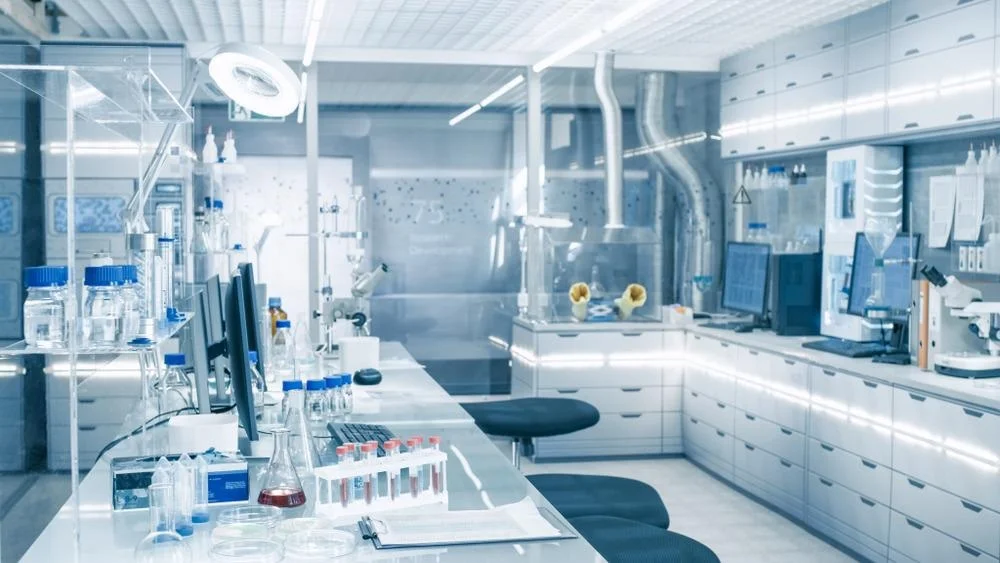Fruit Juice Organic Acid Content Analysis
The analysis of organic acid content in fruit juices is a critical process that ensures product quality and safety. This service focuses on determining the presence and concentration of various organic acids, such as citric, malic, tartaric, and oxalic acids, among others. These acids play a significant role in flavor profile, pH balance, and overall sensory characteristics of fruit juices.
Our laboratory utilizes state-of-the-art analytical techniques that provide precise and accurate results. We employ high-performance liquid chromatography (HPLC) for its superior resolution and sensitivity, ensuring reliable detection even at trace levels. Additionally, gas chromatography (GC) is used when volatile organic acids are involved.
Sample preparation involves a series of steps to ensure consistency and accuracy. This includes homogenization of the sample, filtration, dilution if necessary, and injection into the analytical instrument. The selection of appropriate standards for calibration and quality control checks further enhances the reliability of our results.
The service targets various stakeholders including quality managers, compliance officers, R&D engineers, and procurement teams who need accurate organic acid content data to meet regulatory requirements or improve product formulations. Compliance with international standards such as ISO 15216-3:2019 ensures that our results are recognized globally.
We also offer customized analysis packages tailored to specific client needs. This includes providing detailed reports and recommendations based on the findings, which can help in optimizing production processes or developing new products.
| Standard | Description |
|---|---|
| ISO 15216-3:2019 | Method for the Determination of Organic Acids in Beverages by HPLC. |
| ASTM D4876-18 | Standard Practice for Analysis of Organic Compounds in Fruit Juices and Other Beverages. |
Applied Standards
The analysis of organic acid content in fruit juices is governed by several international standards. These include:
- ISO 15216-3:2019 - Method for the Determination of Organic Acids in Beverages by HPLC.
- ASTM D4876-18 - Standard Practice for Analysis of Organic Compounds in Fruit Juices and Other Beverages.
Quality and Reliability Assurance
To ensure the highest quality and reliability, we implement robust quality control measures. These include regular calibration of instruments, participation in proficiency testing programs, and adherence to best practices outlined by recognized bodies.
- Regular instrument calibration with traceable standards.
- Inclusion in external proficiency testing schemes such as the European Co-operation for Accreditation (EA).
- Continuous staff training on latest methodologies and technologies.
- Use of certified reference materials to validate analytical methods.
Environmental and Sustainability Contributions
In our pursuit of excellence, we also consider environmental factors. Our laboratory practices include energy-efficient equipment usage, waste reduction protocols, and the use of eco-friendly solvents where possible.
We actively contribute to sustainability goals by minimizing our carbon footprint through efficient resource utilization. By providing accurate data that aids in product development and quality control, we help clients make informed decisions that align with broader environmental objectives.





